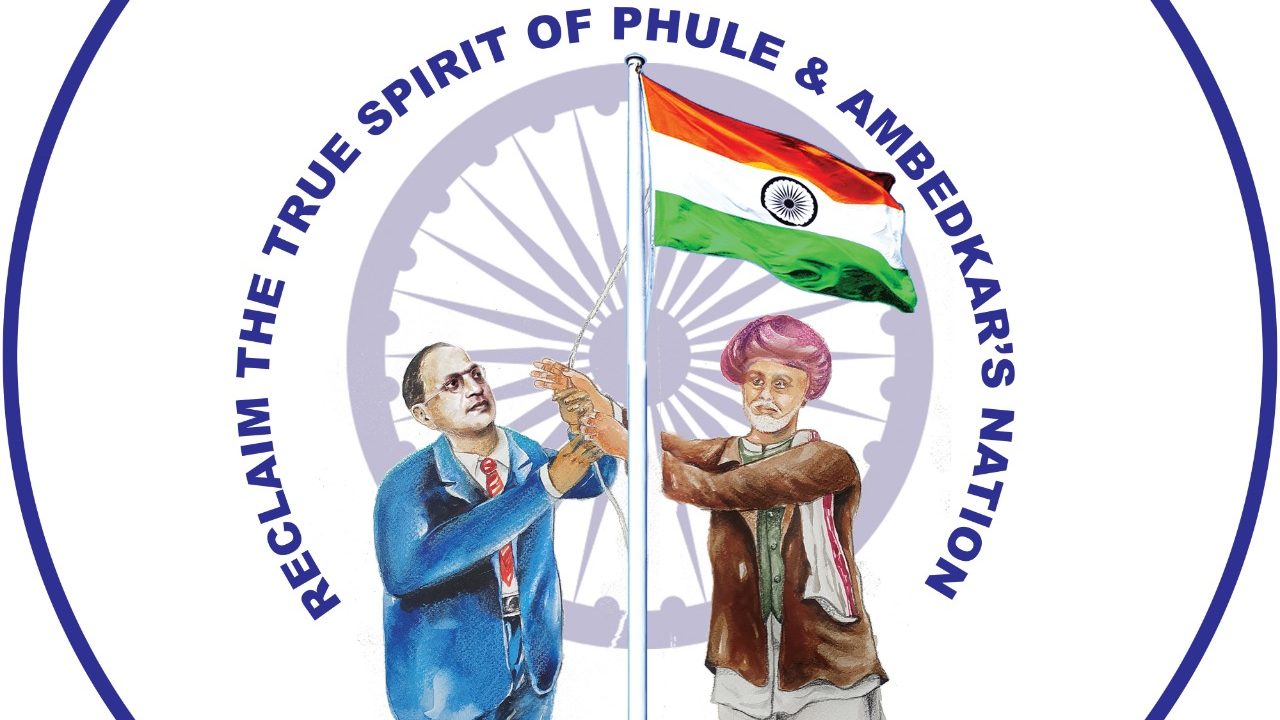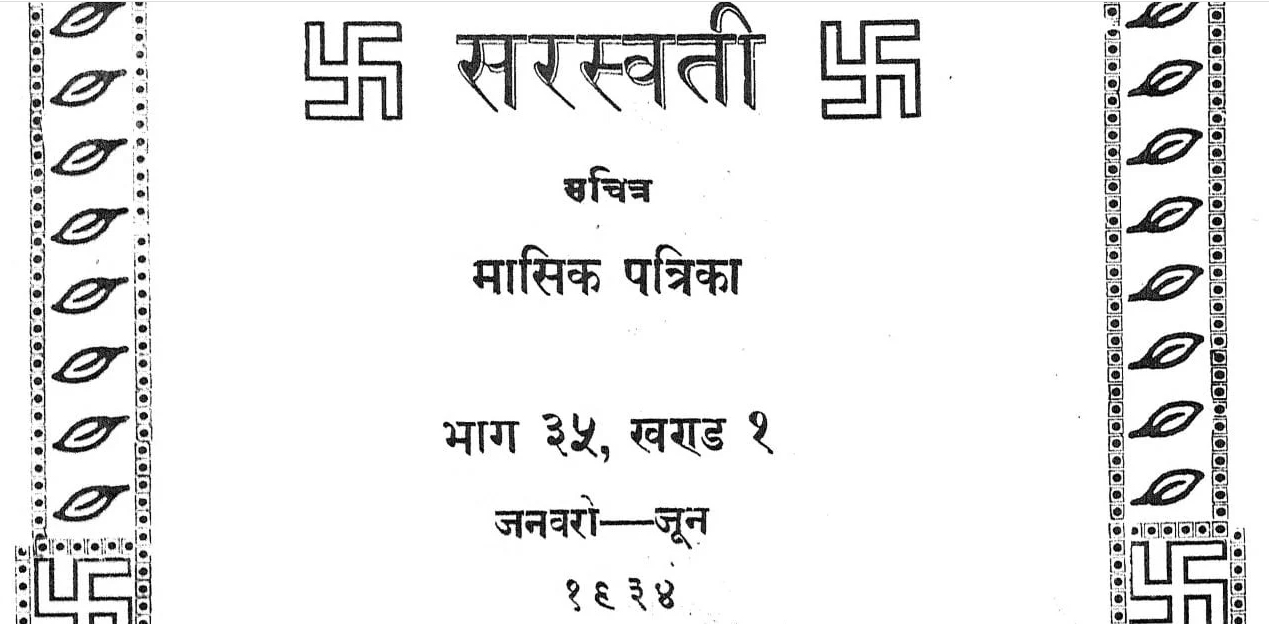A booklet Kiski Puja Kar Rahe Hain Bahujan? Mahishasur: Ek Punarpath (Whom are the Bahujans worshipping? Mahishahur: a reinterpretation), published by Baliraja Cultural Movement, is before me. In about two hours, I am done with the around 40 pages of the booklet, but it has already altered many of my established notions. Edited by Pramod Ranjan, consulting editor of FORWARD Press, the booklet was released on 17 October 2013 during a function organized by All India Backward Students Forum to observe Mahishasur martyrdom day at Delhi’s prestigious Jawaharlal Nehru University. The booklet contains articles by seven prominent writers, journalists and researchers including Prem Kumar Mani, Ashwini Kumar Pankaj and Dilip Mandal, Managing Editor of Hindi India Today. Most of these articles were published in FORWARD Press magazine. In fact, it was the articles published in the magazine that brought this discourse into the public domain in the Hindi belt.
After I read this booklet, in the evening, the TV channels carried the stomach-churning details of how North Korean dictator Kim Jong-un served his uncle and his six aides to 120 wild dogs, who were starved for three days. In about an hour, the dogs devoured the men. Nothing was left. From balconies around the huge cage, the viewers of the horrendous scene, including Kim Jong-un, clapped. Similar was the scene of the US hanging Saddam Hussein. These victors declared that the vanquished were barbarians, cruel, and inhuman. This was the victors’ justice for the vanquished.
This was exactly how Mahishasur was treated. Over the centuries, his image has been grossly distorted so as to justify the killing of the great king. The Aryans (Surs who drank liquor and sacrificed their cattle in the name of yagnas and consumed the meat) declared themselves gods and branded the original inhabitants of Bang Pradesh Asurs (demons). Mahishasur was the powerful and justice-loving ruler of these Asurs (Non-Aryans). The Aryans were notorious for looting the forests, subterranean wealth and flora and fauna of the non-Aryans and of sacrificing their milch cows in havans. To put a stop to this depredation, Mahishasur and his non-Aryan subjects fought with and defeated Indra’s Aryan army so many times that its backbone was broken. An exasperated Indra, then, sought Vishnu’s intervention, who entrusted the beguiling Durga with the responsibility of killing Mahishasur.
These victors have prescribed animal sacrifice as part of the rituals to worship Durga. They argue that the sacrificial animal is meant for the tiger, which Durga rides on. They call themselves vegetarians so as to reserve the right to malign the Asurs by branding them meat-eaters.
To a great extent, this booklet presents the reinterpretation of the legend of Mahishasur and Durga but there is a need for a deeper and more extensive research on this issue, which will reveal some hidden truths – truths that will be impossible for the ‘Arya Putras’ (Descendants of Aryans) of today to deny.
Meanwhile, I have bought a book called Durga Saptashati from a shop selling religious literature. It is published by Randhir Book Sales, Haridwar. Though the book tells the tale from the perspective of the Surs yet, it reveals the character of the Surs and the deceit employed to kill Mahishasur. “In ancient times, the war between gods-goddesses and demons raged for a full hundred years. At that time, the master of the demons was Mahishasur while the king of the gods was Indra. In this war, the army of the gods lost to the demons and Mahishasur, by defeating all gods, became Indra. In the end, all the gods, led by Brahmaji, reached the place where Vishnu and Shankar were seated. There the gods related the tale of the depredations of Mahishasur and their own downfall. They said that Mahishasur had deprived Surya, Agni, Yam, Varun and all other gods of their powers and he had become their master. ‘He has driven us out of heaven,’ they said. ‘Mahishasur is an evil soul. We have been forced to dwell on Earth like mortals. Do something to get Mahishasur killed.’ When Madhusudan (Vishnu) and Mahadevji heard all this, they became furious.” Then they sent Durga to kill Mahishasur. During the battle between the two, “Devi ji, using her arrows, blew up the mountains hurled at her by Mahishasur to smithereens. Then Chandikaji whose eyes were reddish due to consumption of liquor, said in a spluttering voice, ‘Oh fool. Till I drink Madhu, you can roar for a while. After I have killed you in the battleground, it is the gods who will roar.” Despite this threat, the demon did not give up the battle. “Then Deviji severed his head with her sharp sword. His head fell on the ground. The gods were overjoyed. They offered prayers along with celestial Maharishis. Gandharvas began singing and Apsaras began dancing.” Be that as it may, the Devi’s ‘surapan’ (drinking of liquor) in itself gives rise to many speculations.
The story has many subtexts, which cannot be dealt with in a small piece; these need extensive research. The hidden meanings and the asides in the story can be construed as a comment on current Indian politics as well. If Indra was the prime minister then who were Vishnu, Shiva, etc before whom Gandharvas sang and Apsaras danced? Can it be linked with the state of Dalit-bahujans, women and the deprived in today’s India? Can it be linked with how tribals are being driven out from their lands and their forests in the name of Naxalism? What all a reinterpretation and study of this story will reveal can well be imagined. Now, the Aryans coming from the West do not even need armies. Their capital is enough to drive out the non-Aryans and the rulers of our country are already the slaves of that capital.
As for now, I wish a Dalit-bahujan scholar came forward to launch an extensive research by placing the tragedy of tribals, especially the Asur tribe, as described in Ranendra’s much-talked-about novel Global Gaon Ke Devta (Gods of Global Village), in the context of this story. Mahishasur has thrown down the gauntlet.
Title : Kiski Puja Kar Rahe Hain Bahujan (Mahishasur: Ek Punarpath)
Editor : Pramod Ranjan
Published : Baliraja Cultural movement, P-22,
South Ex-2, New Delhi – 110049
Tel : 011-26250778
Price- Rs.30
Published in the February 2014 issue of the Forward Press magazine
For more information on Mahishasur, see Mahishasur: A People’s Hero. The book is available both in English and Hindi. Contact The Marginalised, Delhi (Phone: 9968527911).
Or, find the book on Amazon: Mahishasur: A People’s Hero (English edition), Mahishasur: Ek Jan Nayak (Hindi edition)





